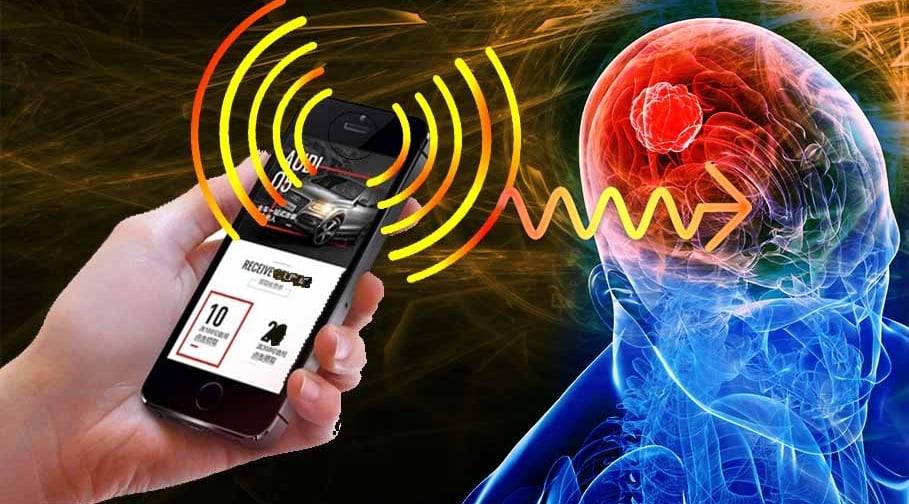Smartphone: Waves, Charging, Wi-Fi... The Real Threats
Waves, charging, Wi-Fi, Bluetooth... Is your smartphone a health hazard? Discover the risks and precautions to take.
HEALTHBLOG-LIST
2/22/20252 min read


Does your smartphone, that indispensable everyday companion, emit dangerous waves for your health? Amidst concerns about waves, precautions during charging, exposure to Wi-Fi and Bluetooth, it's legitimate to wonder. This article reveals the potential risks and offers practical advice for more serene usage.
Summary:
Waves emitted by smartphones: what is the truth?
Phone charging: a critical moment?
Wi-Fi and Bluetooth: exposures to monitor?
Practical tips to limit your exposure
FAQ: Your questions, our answers
In short:
Smartphones emit radiofrequency waves, classified as potentially carcinogenic by the WHO.
Phone charging can increase wave exposure.
Wi-Fi and Bluetooth also emit waves, but at generally lower levels.
Simple actions can reduce your exposure: keep the phone away at night, use hands-free kits, etc.
1. Waves emitted by smartphones: what is the truth?
Smartphones emit radiofrequency (RF) waves to communicate with cell towers. The World Health Organization (WHO) classified these waves as "potentially carcinogenic" (group 2B) in 2011. However, scientific studies on the subject are numerous and sometimes contradictory.
What studies say:
Some studies suggest a possible link between prolonged exposure to RF waves and an increased risk of brain tumors.
Other studies have not established a conclusive link.
The ANSES (French Agency for Food, Environmental and Occupational Health & Safety) has conducted many studies on this topic, and their reports are reliable sources of information.
Precautionary principle:
In the absence of certainties, it is recommended to apply the precautionary principle, limiting exposure to waves as much as possible.
2. Phone charging: a critical moment?
During charging, the phone can emit more waves, especially if used at the same time. Also, some poor-quality chargers can generate parasitic electromagnetic fields.
Tips:
Avoid using your phone while charging.
Prefer certified chargers.
Do not sleep with your phone on your bedside table.
3. Wi-Fi and Bluetooth: exposures to monitor?
Wi-Fi and Bluetooth also emit RF waves, but at generally lower levels than smartphones. However, exposure is continuous, especially in environments where these technologies are omnipresent.
Tips:
Disable Wi-Fi and Bluetooth when not in use.
Move away from Wi-Fi sources (internet boxes, etc.) when possible.
4. Practical tips to limit your exposure:
Keep your phone away from your head during calls, using a hands-free kit or speakers.
Prefer SMS or voice messages.
Avoid keeping your phone in your pocket, especially near your abdomen.
At night, put your phone in airplane mode or turn it off.
Check the SAR of your phone (specific absorption rate). The SARs of all cellular phones are tested and classified.
FAQ:
Are anti-wave cases effective?
Their effectiveness is controversial and depends on their design.
Are children more vulnerable to waves?
Yes, their nervous system is developing. It is therefore recommended to limit their exposure.
Conclusion:
While the risks associated with smartphone waves are not yet fully established, caution is still warranted. Adopt simple actions to limit your exposure and preserve your health. Share this article to raise awareness among your friends and family!
